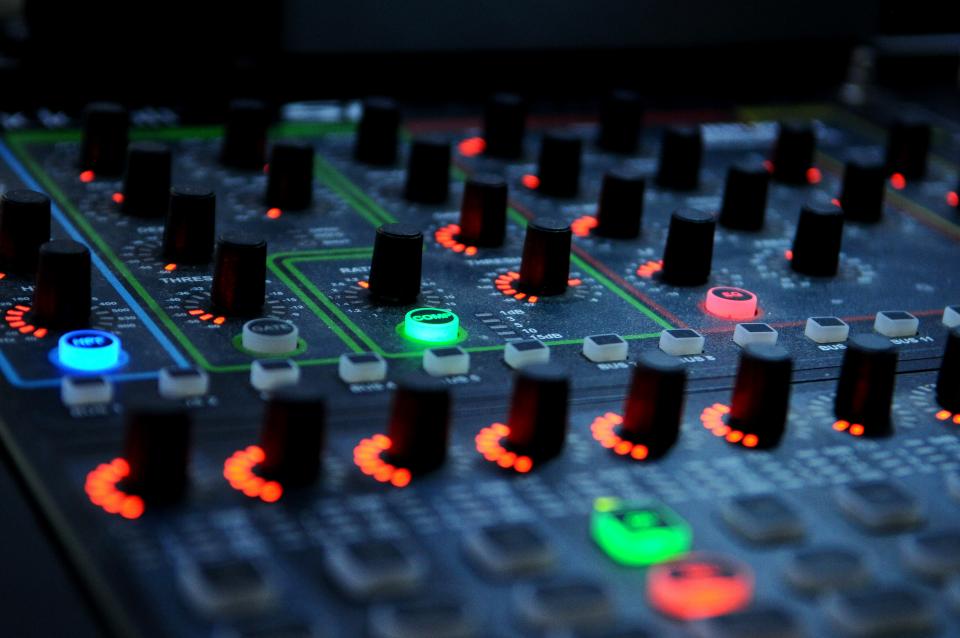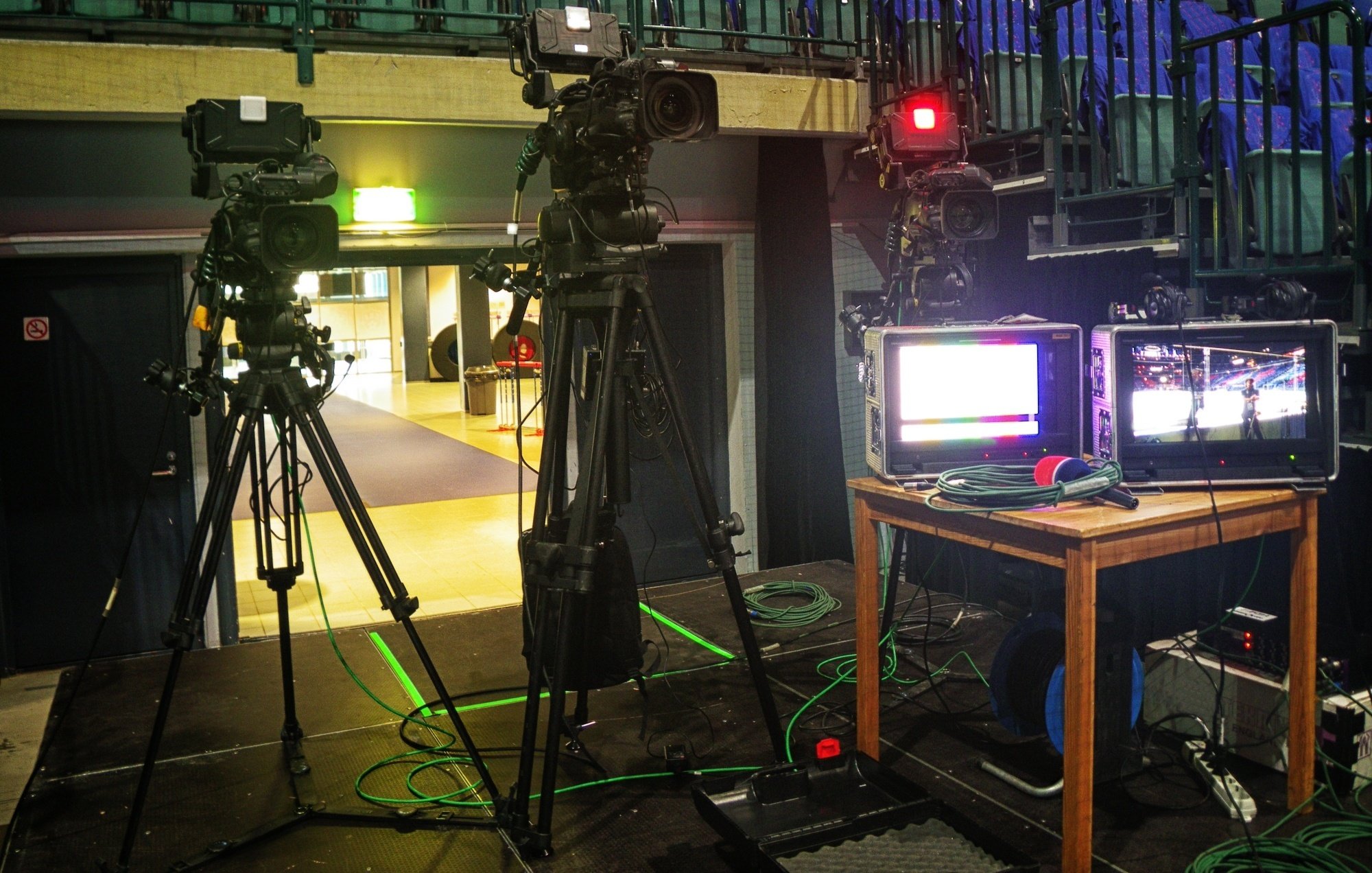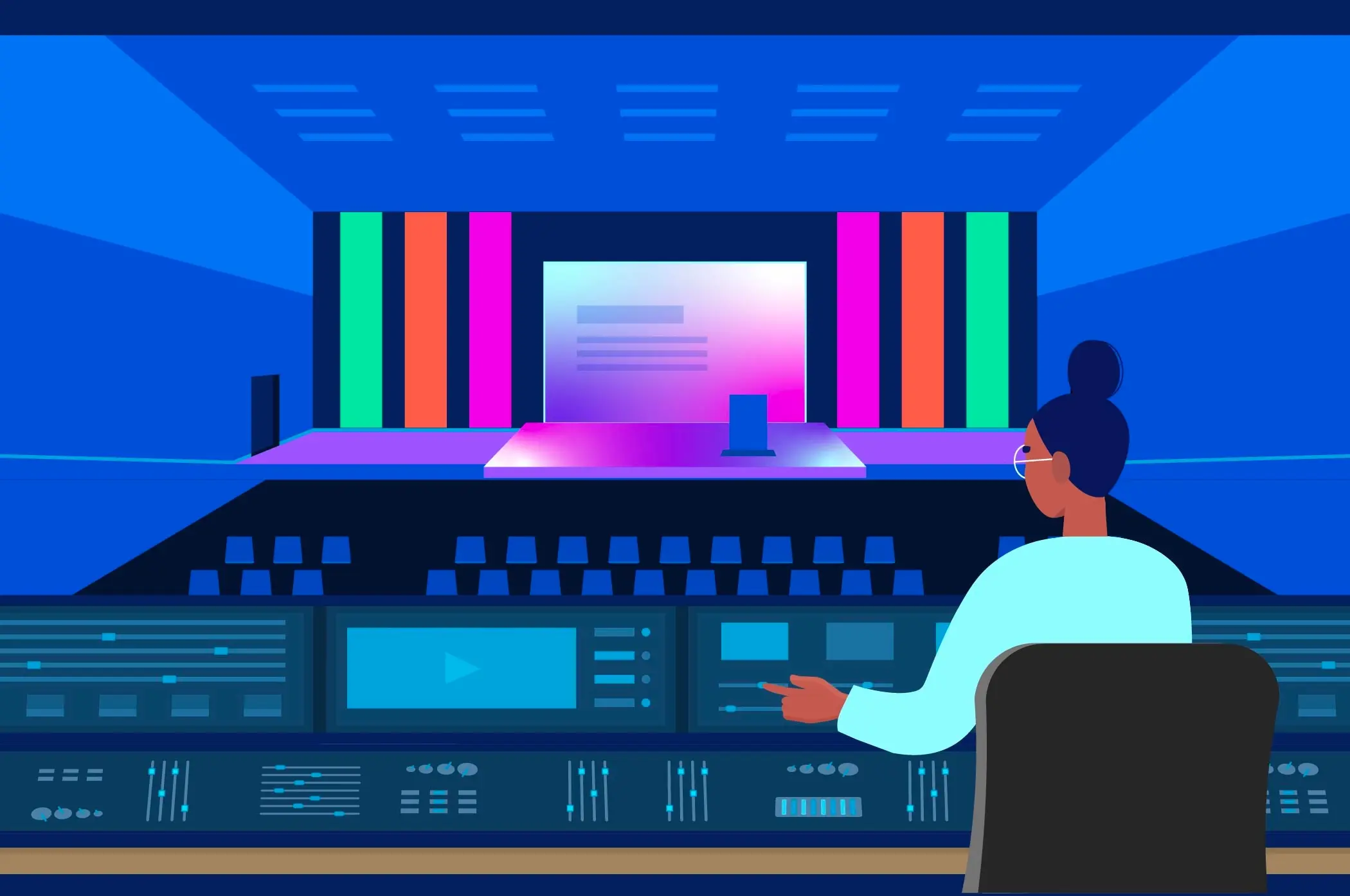Imagine a presentation without sound reinforcement. It’s no different than two hawkers on different corners shouting for the attention of the passing audience. The one that shouts the loudest with the most compelling voice wins the attention. In your presentation space, the other “hawker” is simply the distraction created when the audience cannot hear YOU, the presenter, clearly!
The Dangers of Poor Audio
Crummy audio has a negative effect, but instead of casting a shadow on just your presentation, bad audio can make an entire event seem unprofessional. Everyone has been in a presentation where the other 90 percent of the media looks great and the information is well-presented. But if your sound system is ringing, crackling, or just not delivering intelligible speech, the content and purpose of your event is drowned out by the inability to fully absorb the messaging.
Ultimately, that’s what great sound does: it turns something already engaging into a completely immersive media experience, and it doubles the efficacy of your message. In the inverse, having less-than-stellar audio can do so much to water down an otherwise pitch-perfect presentation. It’s also the first thing, usually, to show the cracks of a mediated presentation, whether through poorly synced audio or quality issues.
Your AV team of professionals should always include at least one specialized live sound audio engineer, or A1, and may include a second (A2) engineer to act solely as a coordinator of the equipment and equipment tech.
The Making of a Great A1
It goes without saying, learning this art takes time and requires attention to the minutest of details, but to truly understand what a live sound engineer does, one must understand the sound detail their highly-trained ears can hear. Over even just a few years of working in the field, usually following a specialized degree program at a college or university, live sound engineers become tuned in to how things sound on a very large scale, which is quite different than studio recording engineers whose goals are to carefully craft an album.
They’re usually hired by anyone looking to fill a room with high-quality audio, and can work on anything from Town Halls, to Sales Presentations, to Product Launches, to Training Events, to projecting the sounds of keynote speaker to the back row of a cavernous ballroom. They are there to be unseen and unnoticed, just like good audio is not something you should be able to actively notice unless you’re listening for it. A media experience presented with professionally-produced sound is just better, and you’ll find your attendees may not have noticed the sound design specifically, but they will absolutely be able to tell that the entire experience is of a very high quality.
What an A1-Audio Engineer Does
To say that an Audio Engineer’s job is to “make things sound good” is the simplest description of their job, but it doesn’t include the myriad ways A1s seek to perfect the sound environment. In broad terms, an A1 is there to make sure everything is plugged in, gets power, and is functioning.
Equipment Management
The audio engineer will make certain that the system and equipment is adequate and appropriate for both content and space. There are many kinds of speakers and each perform differently depending on the environment and their placement. The A1 ensures that the right gear is used and installed properly and swiftly troubleshooting any issues before you even start your trial run.
Room Sound
Along with equipment setup and management during the event, your A1 engineer will also “tune the room” for optimal sound quality. What does that mean? It’s part of their job to look at the structure of a room and the materials in it, like whether there are sound-softening curtains or high ceilings that might cause booming or echo. You can have a gorgeous soundtrack or VO and have it all be lost in a muddied mess of echo if the sound was mixed in a small room with small speakers and played in a huge open hall with hard floors and ceilings without adjusting for the new space.
Adjusting the Mix
When we talk about an engineer adjusting “the mix,” it means the A1 is looking to balance the level of each sound source. Whether it’s a keynote speaker, background music, or the panel of presenters, he adjusts the volume and tone of each to ensure even audio quality. This is where the specialist stands out – it’s rare to find an A1 who can properly adapt to the needs of many different productions, from sporting events to corporate event production.
Your Crew Makes the Difference
Don’t leave the quality of your sound up to chance when it has such an impact on how your event is perceived. Having an experienced A1 Engineer on your team is the difference between nailing it and having everyone say it was “okay,” and you should aim to knock every live presentation out of the park. There is no substitution for being able to put on an electrifying live event, and you should be trusting the quality of your media to professionals you can trust to do the job right.



